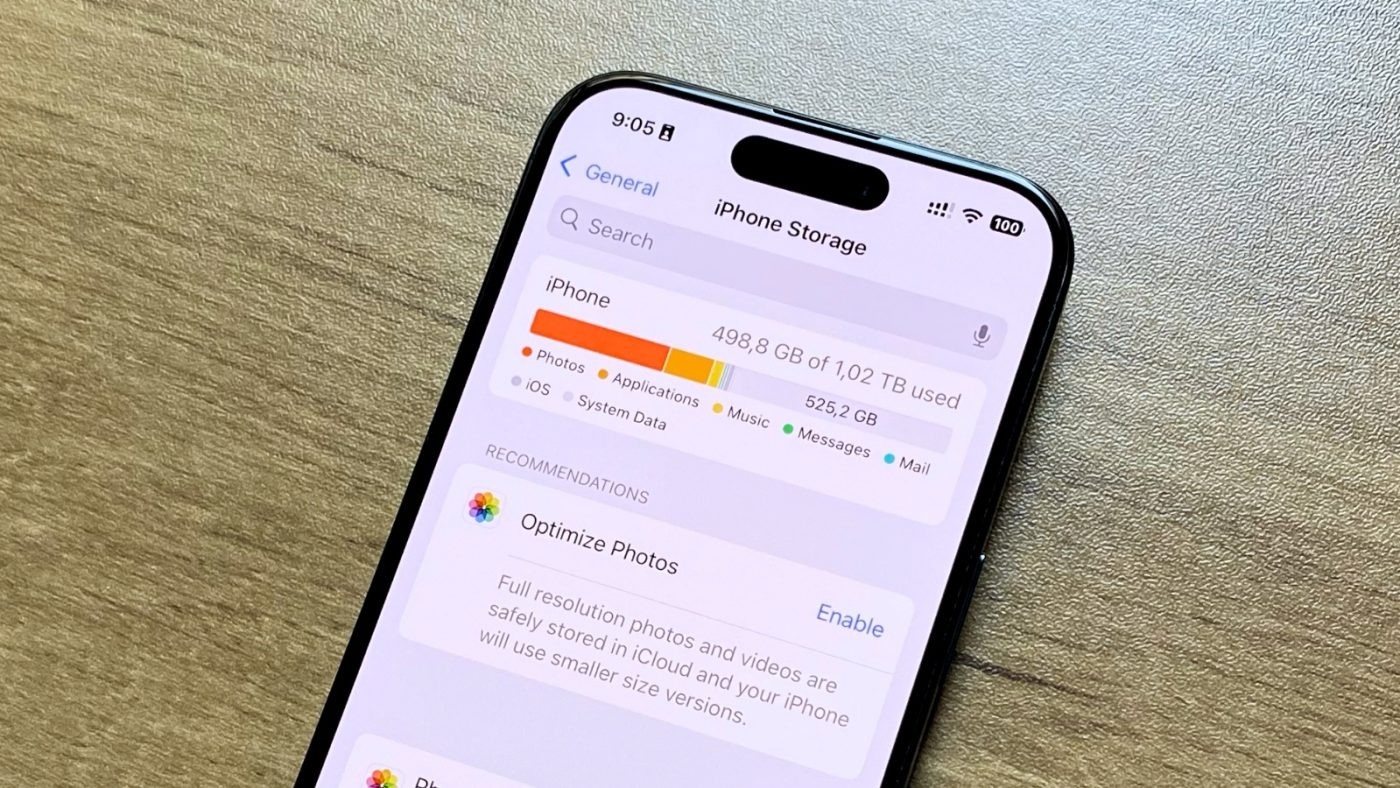
Running out of storage space on smartphones has become a common problem for many users, especially with entry-level models. This reality raises questions about the storage pricing strategies of major manufacturers like Apple, Google, and Samsung.
For example, a base iPhone 15 Pro with 128GB of storage costs up to $1,000 . However, paradoxically, lower-end models often come with much more generous storage.
Specifically, the CMF Phone 2 Pro costs only $280 but has up to 256 GB of memory, double the basic iPhone 15 Pro. Similarly, the Motorola Edge 60 costs $400 but has up to 512 GB of capacity. According to PhoneArena author Victor Hristov, this difference shows a paradox: Users spend less but get significantly more memory.
How Apple "picks the pockets" of users
According to PhoneArena , the actual cost to upgrade storage from 128 GB to 512 GB is only about 10 USD . However, manufacturers charge users an additional 250 USD when they want to upgrade memory on flagship models.
This difference, while not illegal because the prices are clearly listed, is considered by many to be “black market” behavior. Some more critical opinions argue that legal regulations should be put in place to limit this storage price difference, similar to what the European Union did with the Lightning charging port.
"My $1,000 iPhone feels like a bag of potato chips, 85% air," writer Victor Hristov described.
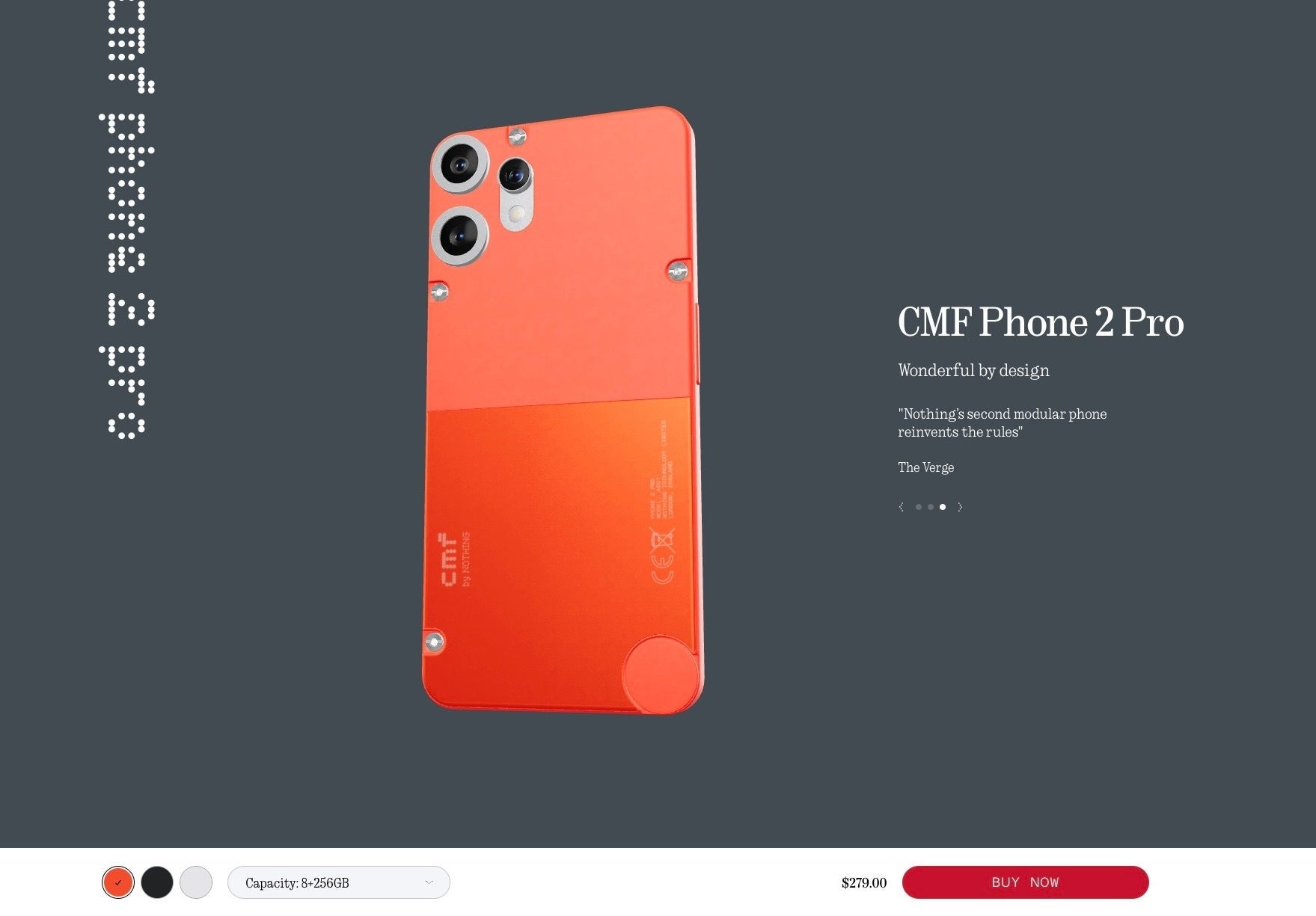 |
The CMF Phone 2 Pro costs just under $300 but has double the storage capacity of the $1,000 iPhone. Photo: PhoneArena. |
In fact, selling higher-storage versions of iPhones is also a way for companies like Apple to absorb the cost of tariffs.
Specifically, Morgan Stanley believes that Apple will repeat the strategy it applied with storage capacity when switching from iPhone 14 Pro Max to iPhone 15 Pro Max.
In 2023, Apple started selling the iPhone 15 Pro Max for $1,199 , but emphasized that it was the 256GB version. There's no longer a $1,099 128GB model, so according to Apple marketing chief Greg Joswiak, this price is equivalent to "the price last year for this storage capacity."
So the starting price of the iPhone 15 Pro Max is higher than the iPhone 14 Pro Max, but Apple can absolutely say that the price is unchanged when considering storage capacity.
Morgan Stanley estimates that Apple's gross margins on the highest-capacity iPhone models are 10-15% higher than on the lowest-capacity models. If Apple can push users to buy the higher-capacity models, it will have room to absorb the cost of the tariffs.
Analysts also say this could work if Apple produces higher capacity models in China, while also significantly increasing iPhone production in India. Apple is reportedly aiming to produce 25% of its iPhones in India, and Morgan Stanley believes the company will accelerate this.
Better camera but lacks storage
Another question is why manufacturers do not equip cheaper phones with larger capacities so that users do not have to spend too much money? PhoneArena believes that the answer may lie in the fact that manufacturers intentionally retain high-end features to differentiate their flagships, and the most important feature is the camera.
Low-cost phones are almost devoid of high-quality cameras. In particular, telephoto cameras, a component that is considered not too expensive to produce, are rarely seen in this segment.
Hristov commented that this strategy is to force users who value photo quality to switch to buying more expensive phone models, which often cost $1,000 or more.
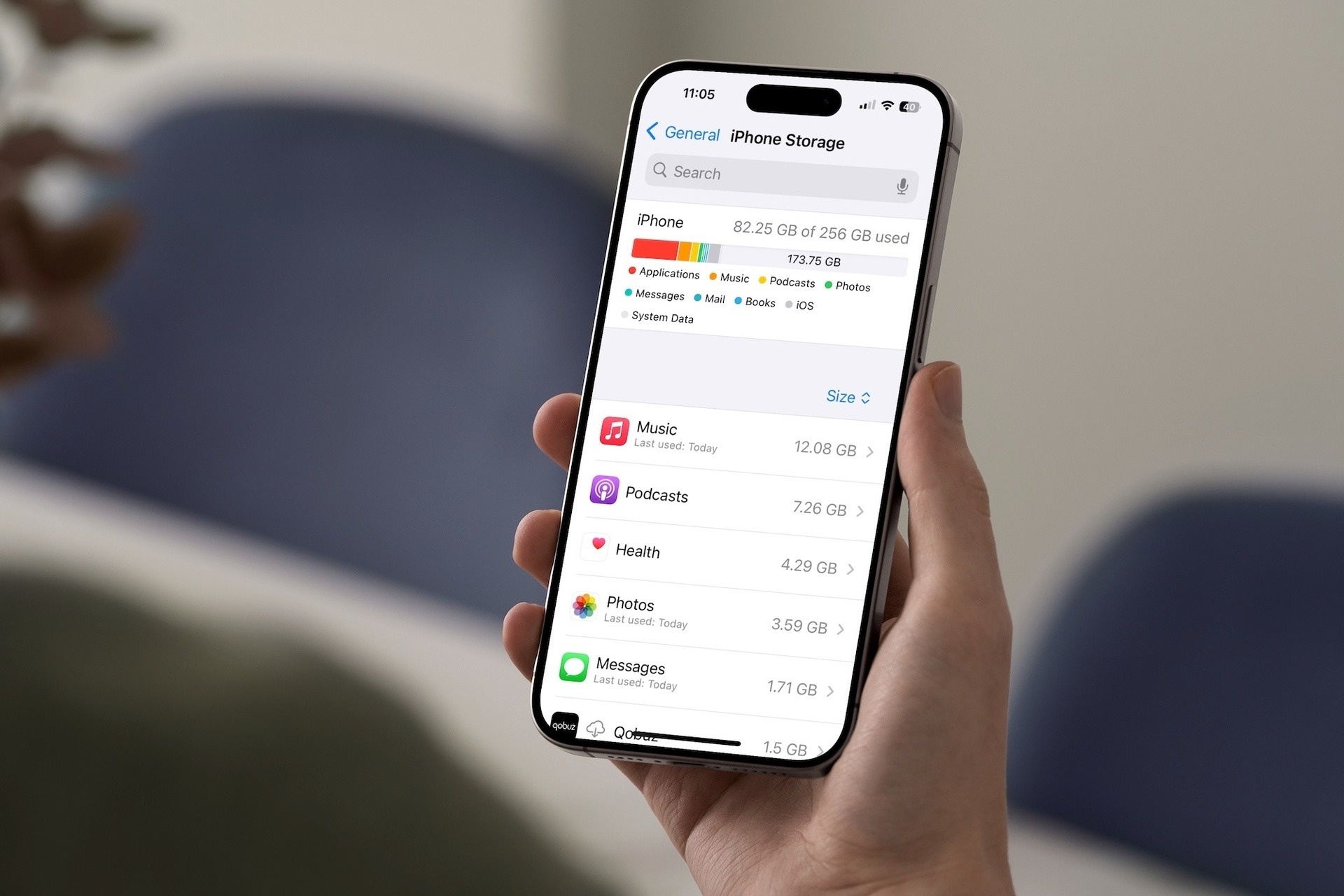 |
Storage management screen on iPhone. Photo: Digital Trends. |
However, when users have accepted to spend money on a flagship with a good camera, they continue to face the situation of "storage capacity scarcity".
According to Hristov, manufacturers limit the base storage capacity on expensive models to encourage or force users to spend a lot more money on higher capacity options, all in the name of "maximizing profits."
One view is that there should have been phones with good cameras for under $500 . However, instead of reducing prices, the smartphone industry tends to maintain and increase profits by raising prices and imposing high costs for memory upgrades every year.
Currently, the common way for users to have enough storage and reduce cost pressure is to accept paying more for a higher memory option at the beginning, and try to use the device for as long as possible. However, the issue of memory price is still a point of controversy and dissatisfaction in the smartphone user community.
Source: https://znews.vn/cu-lua-cua-apple-va-samsung-ve-dung-luong-luu-tru-dien-thoai-post1551703.html






![[Photo] The 5th Patriotic Emulation Congress of the Central Inspection Commission](https://vphoto.vietnam.vn/thumb/1200x675/vietnam/resource/IMAGE/2025/10/27/1761566862838_ndo_br_1-1858-jpg.webp)

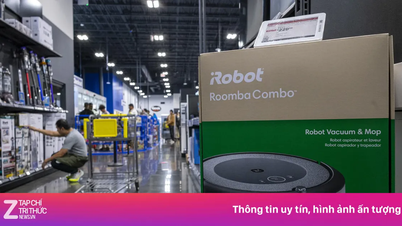


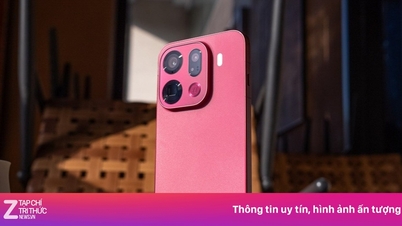




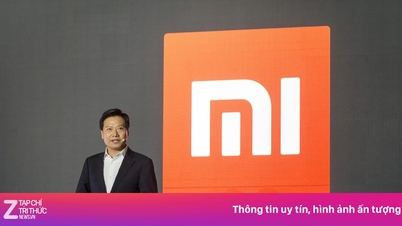










![[Photo] National Assembly Chairman Tran Thanh Man receives Chairman of the House of Representatives of Uzbekistan Nuriddin Ismoilov](https://vphoto.vietnam.vn/thumb/1200x675/vietnam/resource/IMAGE/2025/10/27/1761542647910_bnd-2610-jpg.webp)
![[Photo] Party Committees of Central Party agencies summarize the implementation of Resolution No. 18-NQ/TW and the direction of the Party Congress](https://vphoto.vietnam.vn/thumb/1200x675/vietnam/resource/IMAGE/2025/10/27/1761545645968_ndo_br_1-jpg.webp)




































![[Photo] Prime Minister attends the 28th ASEAN-China Summit](https://vphoto.vietnam.vn/thumb/402x226/vietnam/resource/IMAGE/2025/10/28/1761624895025_image-2.jpeg)














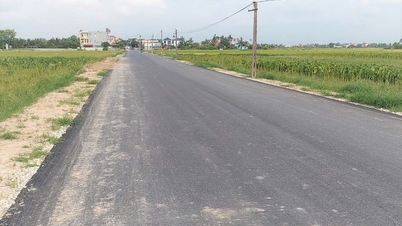








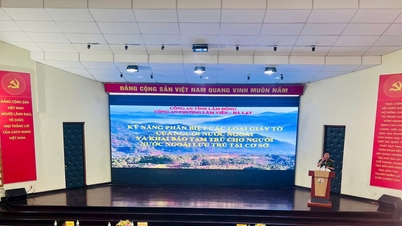















Comment (0)